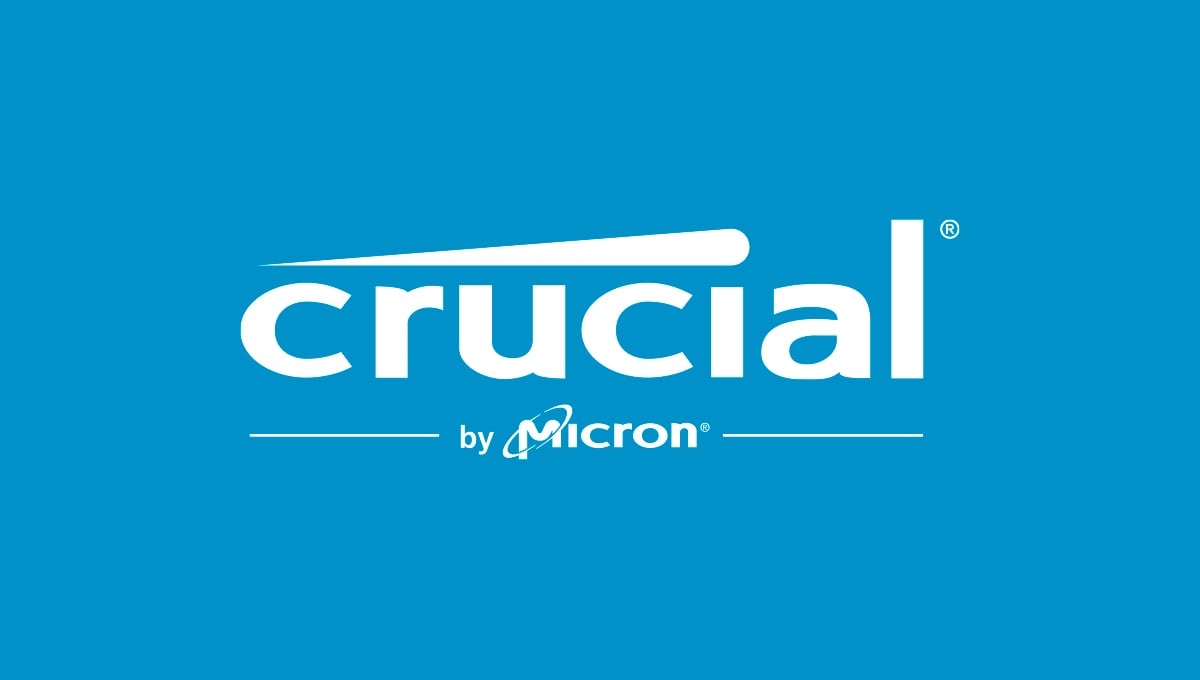Hi, I will be upgrading the RAM in an old Windows 11 laptop and would appreciate some advice. The PC is a Dell Inspiron 15 5570 and has currently 1 x 4GB Ram module installed which makes it very slow.
I want to install 2 x 8GB modules. I can remove the installed module easily, however the free slot has a plastic bracket covering the arm clips. Is it OK to break this off to be able to seat the module? I don't want to damage the motherboard.
I used the Crucial compatibility checker to ensure I have the correct RAM. If there is an error message or the PC doesn't boot, is there a procedure to get the PC to recognise the new RAM? I would check that its properly seated. This is my first attempt at PC upgrade so I wanted to get it right.
Would appreciate any advice.
Thanks.
I want to install 2 x 8GB modules. I can remove the installed module easily, however the free slot has a plastic bracket covering the arm clips. Is it OK to break this off to be able to seat the module? I don't want to damage the motherboard.
I used the Crucial compatibility checker to ensure I have the correct RAM. If there is an error message or the PC doesn't boot, is there a procedure to get the PC to recognise the new RAM? I would check that its properly seated. This is my first attempt at PC upgrade so I wanted to get it right.
Would appreciate any advice.
Thanks.

My Computer
System One
-
- OS
- Windows 11 Home






